The start of Farzad B gas field development operations in the Persian Gulf
Operations to develop the Farzad B Gas Field in the Persian Gulf have started, the managing director of the National Iranian Oil Company said.
“The first phase of the development plan that entails the construction of a jacket is estimated to cost $2 billion, which will be completed in 2024,” Mohsen Khojastehmehr was also quoted as saying by ILNA.
To expedite the operations, domestic firms, including NIOC, Petropars Group and Iranian Offshore Engineering and Construction Company, signed a trilateral contract on May 20 in Tehran, he added.
As per the deal, IOEC has started to build the jacket platform of the gas field and it will be installed at the location by December 2024.
Increasing natural gas output with the completion of Farzad B Gas Field Project
According to Khojastehmehr, the venture will raise natural gas output to 28 million cubic meters per day by 2026 from the present 5 mcm/d.
“Sour gas from the Farzad B gas field will be transferred to Kangan Petro Refining Company in Bushehr Province to be processed and piped to refineries in the South Pars complex in Asalouyeh, which will be injected into the national grid,” he said.
“Unlike natural gas reserves in the giant South Pars Gas Field, which are rich in condensates — an ultra-light oil — which can be converted into value-added commodities, gas from Farzad B will either be processed and pumped into pipelines, or be converted into LNG.”
Farzad B gas field is estimated to hold more than 500 billion cubic meters of in-place reserves, of which 370 billion cubic meters are recoverable.
Iran and Saudi Arabia have a number of shared fields, namely Farzad A, Farzad B and Arash.
Discovered by a consortium of Indian companies a decade ago, the field was to be tapped by an Indian consortium led by ONGC Videsh Ltd, the foreign investment arm of India’s Oil and Natural Gas Corporation.
ONGC’s Procrastination
However, years of negotiations with the Indian side failed largely due to ONGC’s procrastination.
In 2019, NIOC eventually came to the conclusion that Iranian companies could do the job and Petropars started conducting feasibility studies to develop the field.
Petropars was founded in 1998 to help develop the vast energy resources. It is one of the main players in the upstream oil and gas industries.
Referring to the increase in gas output, the head of NIOC said production from the South Pars Gas Field set a record by producing 750 million cubic meters per day last year.
Speaking about early production from Phase 11 of South Pars, Khojastehmehr said four wells have been drilled in this phase and the construction of the gas transmission pipeline has also been completed.
“Before winter, production will start from the phase and initially 11 mcm of gas will be produced,” he added.
South Pars Phase 11 is estimated to produce 56 million cubic meters per day of gas, which needs an investment of $5.7 billion.
Phase 11 is the only one among the 24 phases of the joint field in the Persian Gulf, which has not been developed yet. Iran shares the field with Qatar.
The Phase 11 development project included the construction and installation of the jackets and topsides of the phase, drilling wells and laying 115-km-long 32-inch pipelines to transfer mono-ethylene glycol and liquefied natural gas to onshore plants for processing.
Drilling operation in phase 11 of South Pars
About 15,000 meters of drilling operations to dig four production wells have been carried out.
When it becomes fully operational, the phase will also produce 75,000 barrels of gas condensate, which will be transferred to refineries in Asalouyeh and Kangan in Bushehr Province.
According to the official, close to 350 wells in SP have been acidized and perforated regularly to keep production as high as possible, but this cannot continue for long and the drilling of new wells is inevitable.
New wells are expected to compensate pressure reduction in the gas field, which will start from 2025 and reduce gas production to as low as 400 million cubic meters per day in 2032. This is while consumption will exceed 1.5 billion cubic meters per day.
The giant gas field is spread over 9,700 square kilometers, 3,700 square kilometers of which are in Iran’s territorial waters and the rest is in Qatari waters.
With an estimated 14.2 trillion cubic meters of gas reserves in place plus 18 billion barrels of gas condensate, the Iranian side of the field accounts for 40% of Iran’s total estimated 33.8 tcm of gas reserves and 60% of gas production.
“After that, the largest gas production volume pertains to the Iranian Central Oil Fields Company and then the collection of associated petroleum gases,” he said.
Published: May 21, 2023
If you want to order petroleum, petrochemical and chemical products from Iran, please do not hesitate to send Iran Petroleum an email.

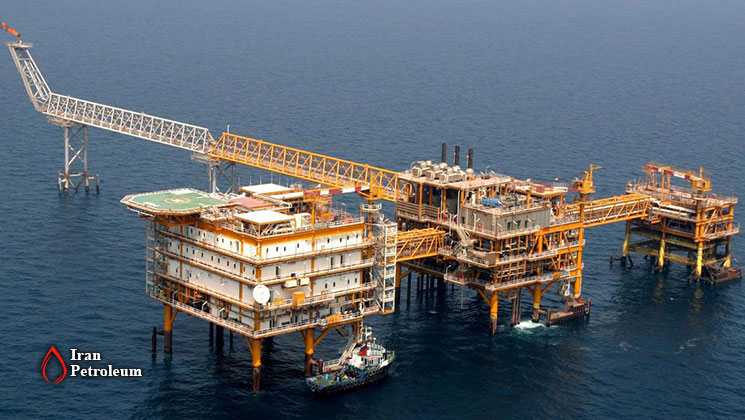
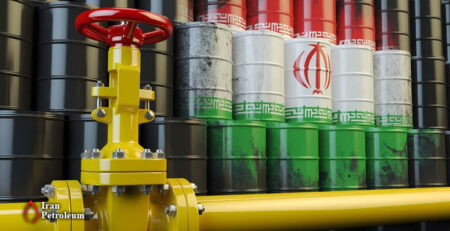
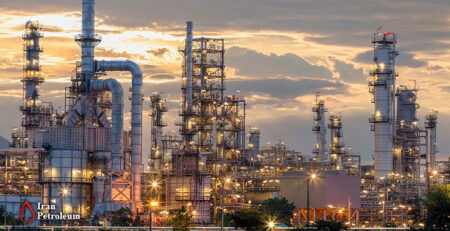
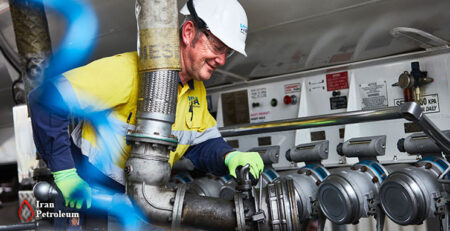

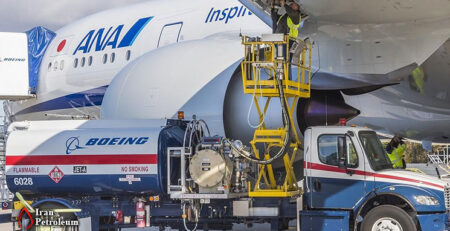
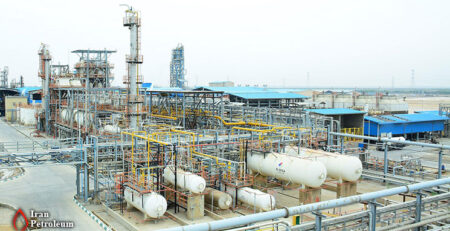
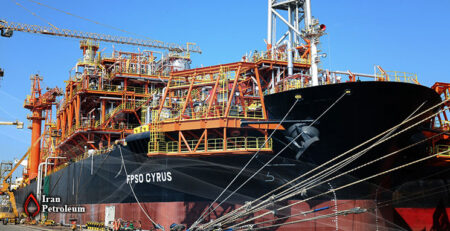
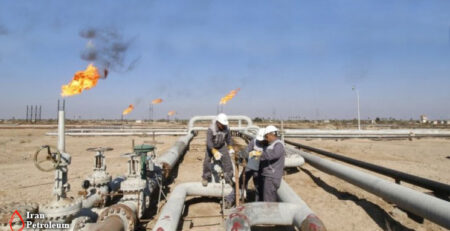
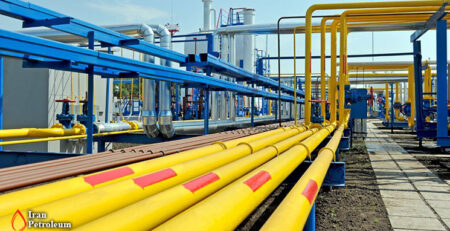
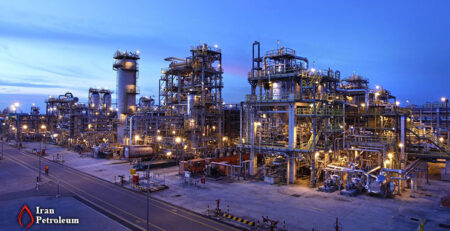
Leave a Reply